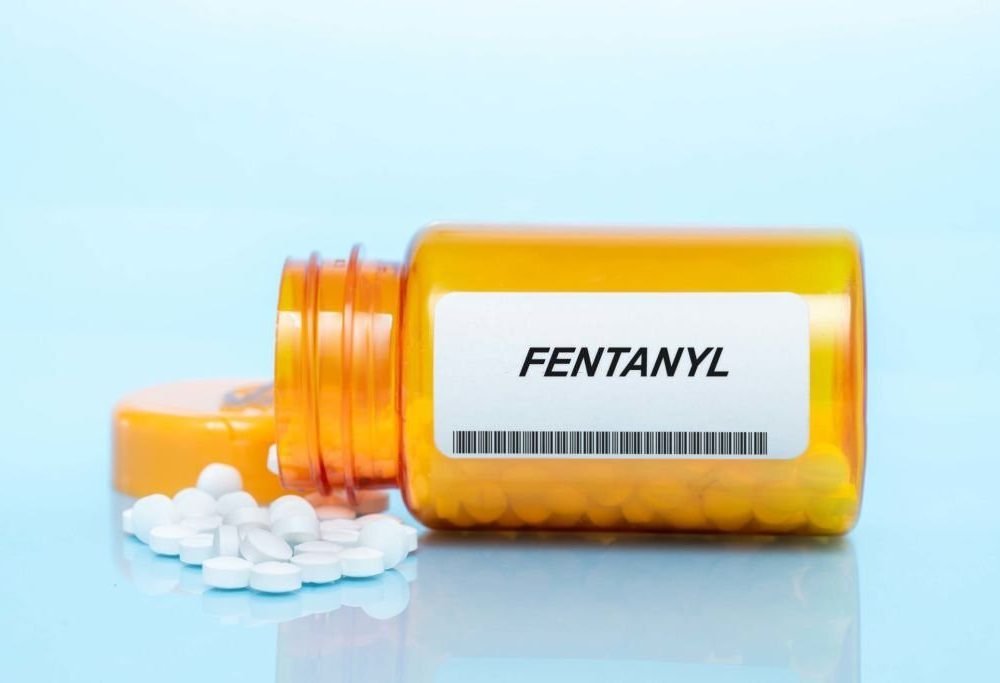
Last Updated on April 22, 2025 by Beth Skwarecki
Fentanyl, one of the most potent synthetic opioids, has become a double-edged sword in modern medicine. While it is highly effective in managing severe pain, its immense potency also makes it one of the most dangerous substances when misused. Understanding how long fentanyl stays in the body is critical for those using it medically, those recovering from addiction, or the loved ones of those potentially at risk. This comprehensive guide will explore fentanyl’s nature, its effects on the body, and the factors that influence its detectability.
What Is Fentanyl?
Fentanyl is an opioid that is 50 to 100 times more potent than morphine. It was initially developed for medical use to manage severe acute and chronic pain, especially in cancer patients. However, its potency has also made it a frequent player in the illicit drug market, where it poses a significant public health risk.
Medical vs. Illicit Fentanyl
- Medical Use
- Approved forms of fentanyl include transdermal patches, injectable solutions, nasal sprays, tablets, and lozenges.
- These products deliver carefully controlled doses under medical supervision, typically for pain management related to surgery, trauma, or cancer treatment.
- Illicit Use
- Illicitly manufactured fentanyl is often sold as a powder, pills, or even absorbent blotter paper.
- It is frequently mixed with other substances like heroin or cocaine, often without the user’s knowledge, increasing the risk of overdose.
Common Forms and Uses
- Pharmaceutical Forms
- Transdermal patches offer slow and controlled pain relief over 48–72 hours.
- Injectable fentanyl is fast-acting and typically used in surgery or critical care settings.
- Tablets, lozenges, and nasal sprays provide rapid absorption for quick pain relief.
- Illicit Forms
- Powder that can be snorted or injected.
- Counterfeit pills mimicking prescription drugs.
- Blotter paper containing fentanyl solution for oral absorption.
Fentanyl’s high potency means that even a small, unregulated dose can have fatal outcomes. Tragically, many overdose deaths occur because users unknowingly consume fentanyl.
How Fentanyl Is Administered
The way fentanyl enters the body can influence its effects and the duration it remains in the system.
Medical Settings
- Transdermal Patches: Slow release, lasting up to 72 hours.
- Intravenous (IV) Injection: Fast pain relief, typically used during surgeries.
- Tablets and Lozenges: Absorbed sublingually for quick action.
- Nasal Sprays: Delivers immediate relief for severe pain.
- Epidural/Spinal Injection: Used during childbirth or surgical procedures.
Outside Medical Settings
Illicit fentanyl is commonly smoked, snorted, or ingested orally. These methods bypass medical dosage controls, greatly increasing overdose risks.
Factors That Influence How Long Fentanyl Stays in Your System
The time fentanyl remains detectable in the body depends on several factors:
- Dosage: Larger doses take longer to clear.
- Frequency of Use: Repeated use leads to drug accumulation in the body.
- Individual Metabolism: Faster metabolic rates clear fentanyl more quickly.
- Form of Fentanyl: Transdermal patches release the drug more slowly than IV injections.
- Administration Method: The way fentanyl enters the body impacts absorption and elimination rates.
Other physiological factors, such as age, weight, liver function, and hydration levels, also play a role.
How Long Does Fentanyl Stay Detectable?
Understanding fentanyl’s half-life and the methods used to detect it is crucial for both medical and legal purposes.
Half-Life of Fentanyl
The half-life describes the time it takes for the body to eliminate half of the drug. Depending on the form and method of administration, fentanyl’s half-life varies:
- Intravenous: 2–4 hours.
- Transdermal Patches: Approximately 17 hours.
- Transmucosal (nasal/oral): 5–14 hours.
Detection Windows in Tests
- Urine Test: Detectable up to 24–72 hours after the last dose.
- Blood Test: Detectable for 5–48 hours.
- Hair Test: May reveal fentanyl use for up to 90 days.
- Saliva Test: Not consistently effective for detecting fentanyl.
Illicit fentanyl often avoids detection in standard drug panels, requiring specialized tests.
Fentanyl Drug Tests and Their Accuracy
Because fentanyl’s unique structure differs from other opioids, standard drug tests may not detect it. Instead, specialized tests are required:
- Standard vs. Fentanyl-Specific Tests:
- Standard Panels (e.g., workplace drug tests) may not screen for fentanyl.
- Specific Tests look for metabolites like norfentanyl.
- Lab Tests vs. Rapid Screening:
- Lab Tests offer high accuracy but take longer.
- Rapid Screening Tests provide quicker results but may be less reliable.
- Medical Emergencies:
- Fentanyl-specific tests are crucial when overdose symptoms are present, but standard opioids tests are negative.
The Risks and Dangers of Fentanyl Use
Despite its legitimate medical applications, fentanyl presents significant risks, even when used as prescribed.
Short-Term Risks
- Overdose, leading to respiratory failure, coma, or death.
- Impaired judgment and risk of accidental injury.
- Intense withdrawal symptoms, including cravings.
Long-Term Risks
- Addiction: Prolonged use can lead to dependence and substance use disorder.
- Tolerance: Higher doses are needed over time, increasing overdose risks.
- Organ Damage: Long-term use may harm the liver, kidneys, and brain.
Without proper precautions, fentanyl can easily transition from a life-saving drug to a life-threatening substance.
Recognizing Symptoms of Overdose
Signs include extreme drowsiness, slow or stopped breathing, blue lips or nails, and unresponsiveness. Overdose is a medical emergency requiring immediate attention, including administration of naloxone.
FAQs
Steps Forward for Recovery and Awareness
Fentanyl has the potential to profoundly affect individuals’ health and lives, but with the right guidance and resources, recovery is possible. If you or someone you know is struggling with fentanyl use, reach out to addiction treatment professionals who can help ensure a safe path to recovery.

Beth is Cloudmineinc’s senior health editor and a certified personal trainer. She has over 10 years experience as a science journalist and is the author of two books. She deadlifts over 315 lbs.